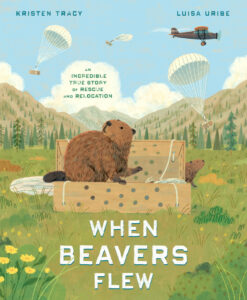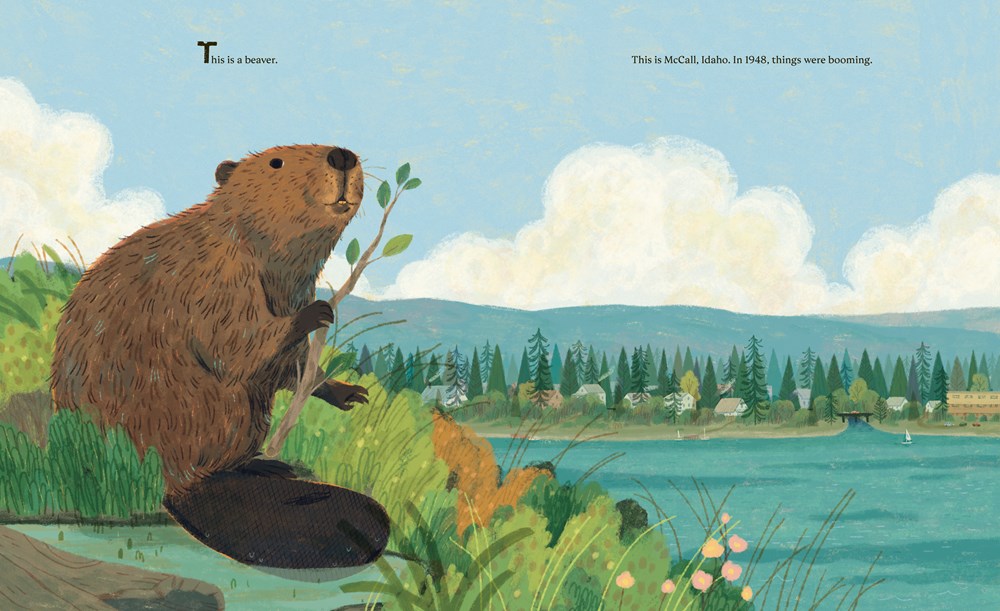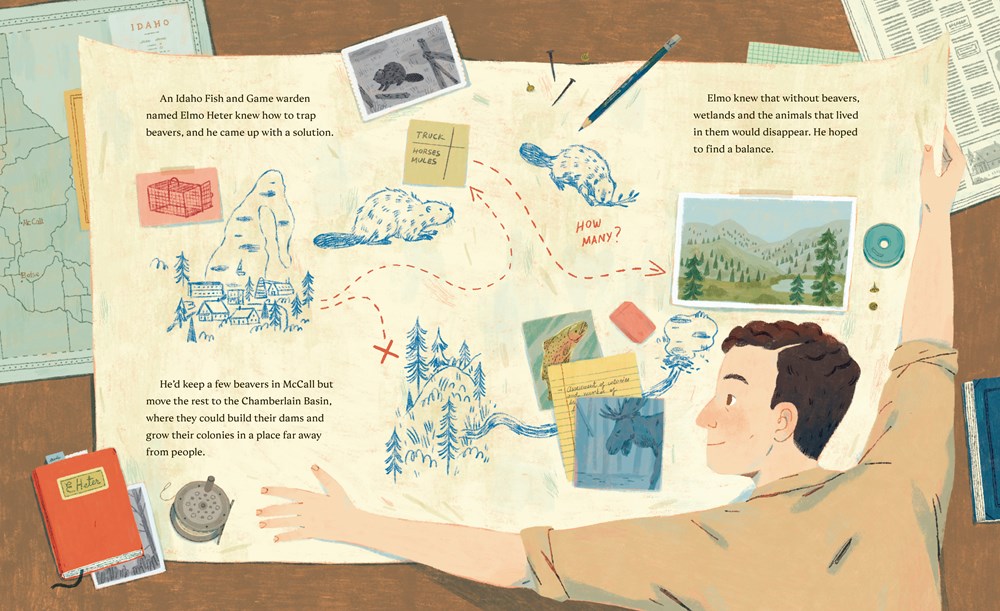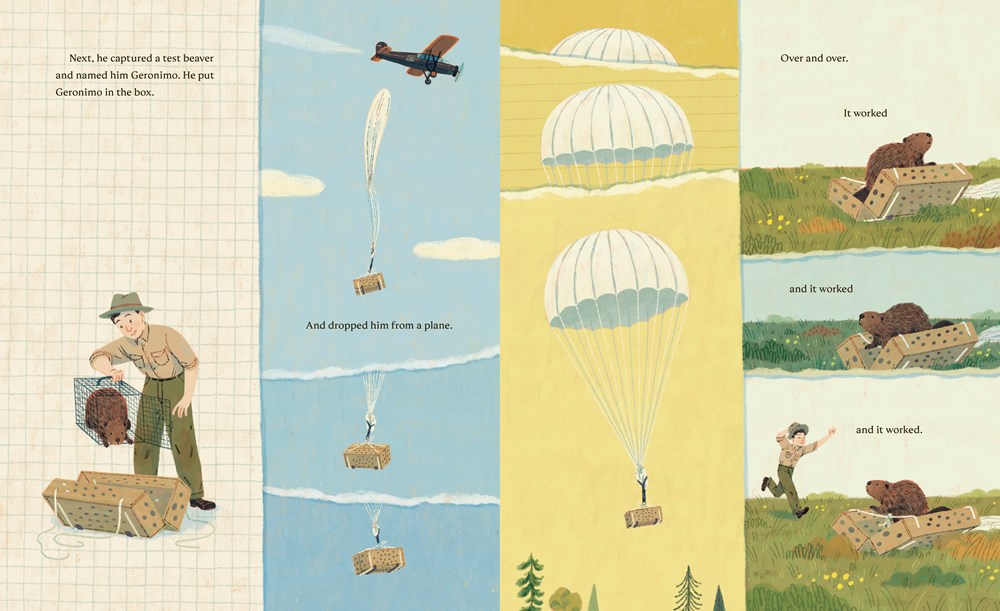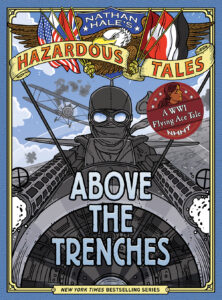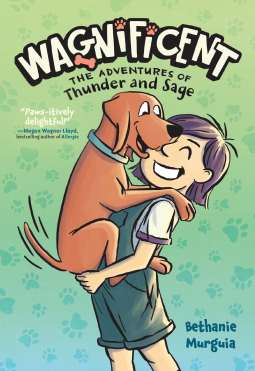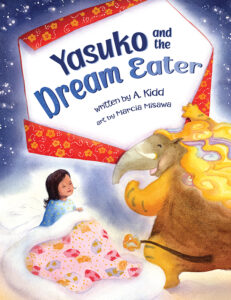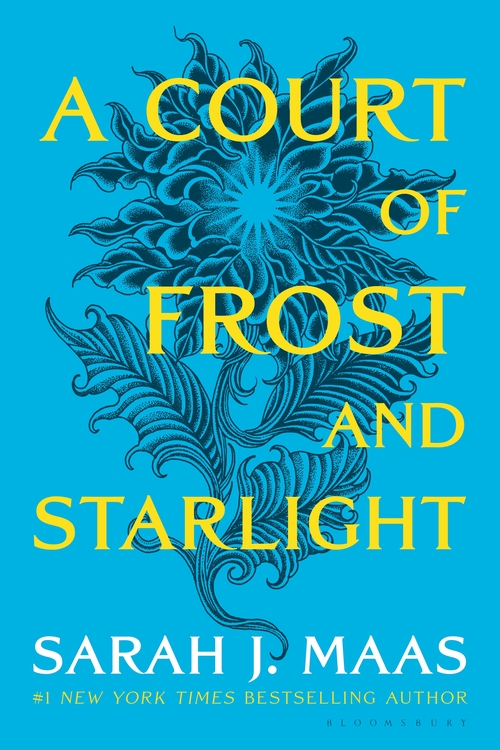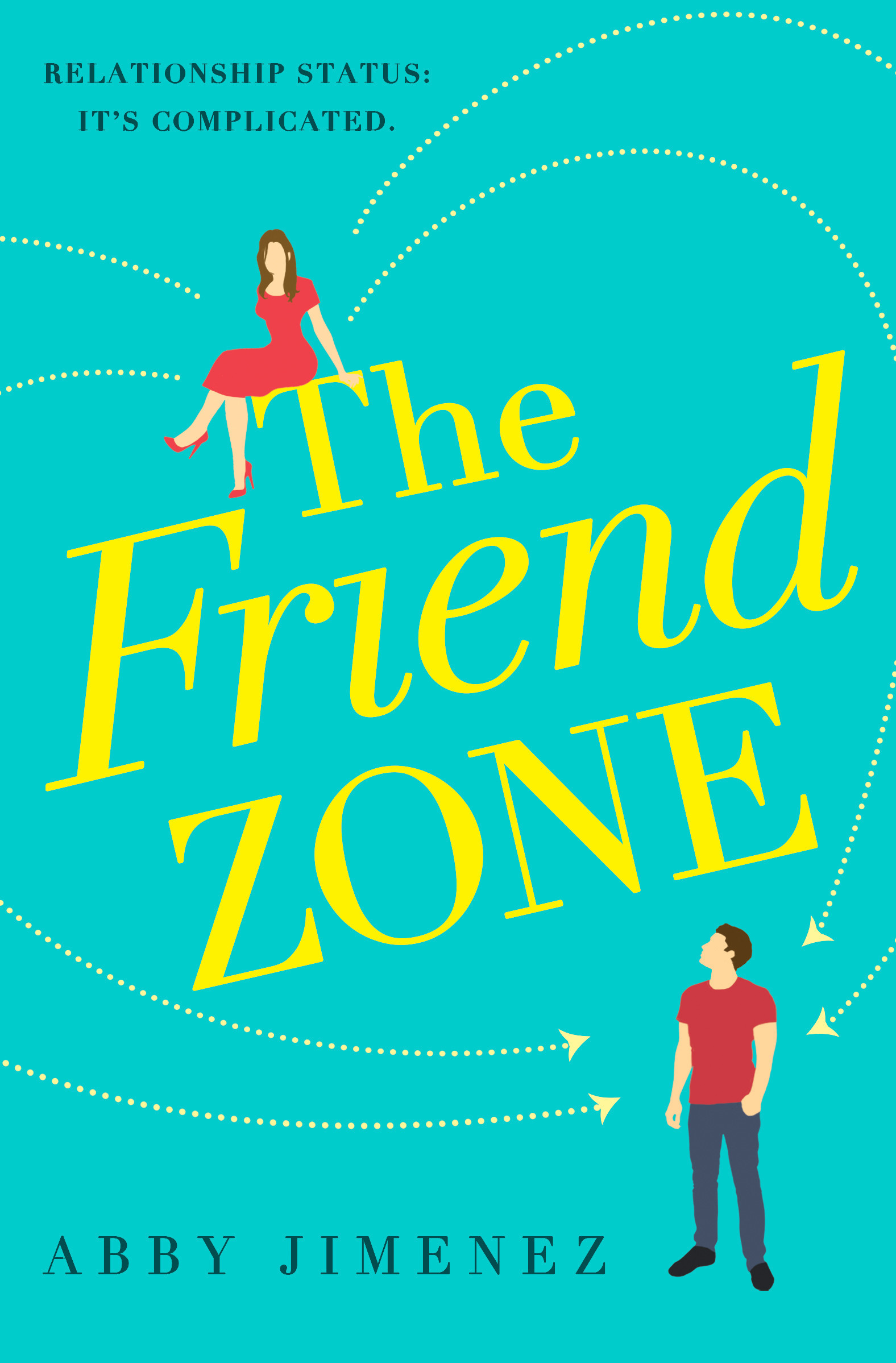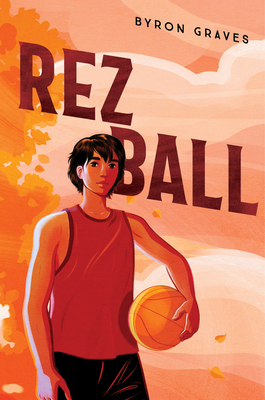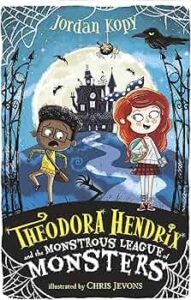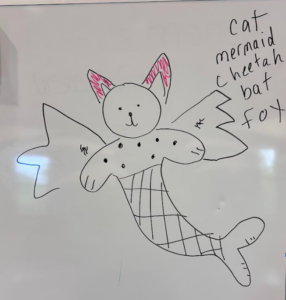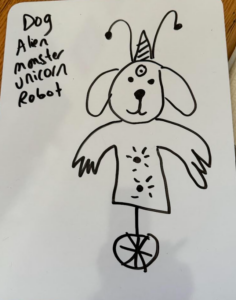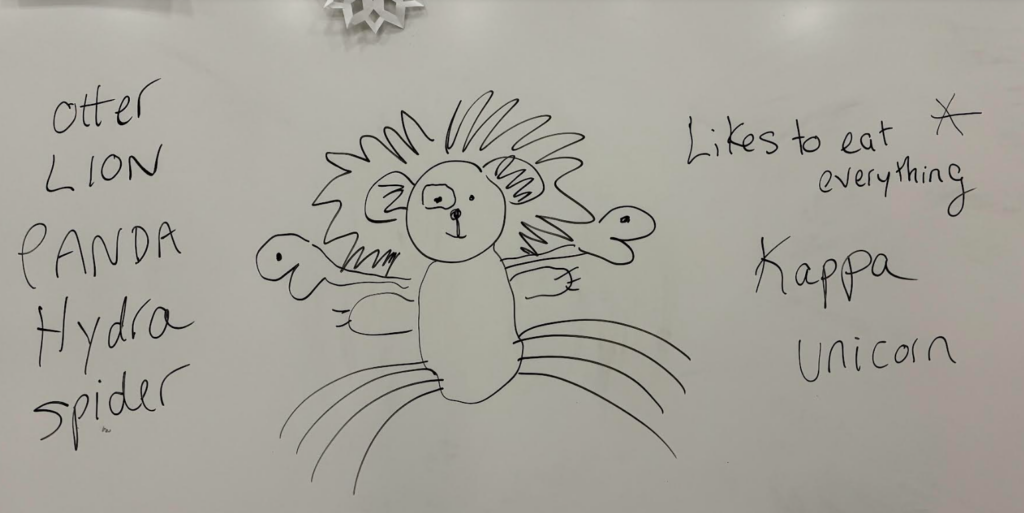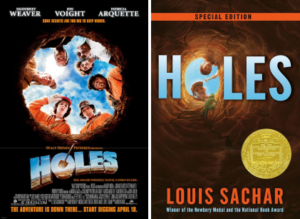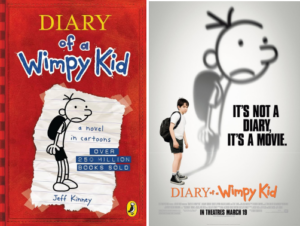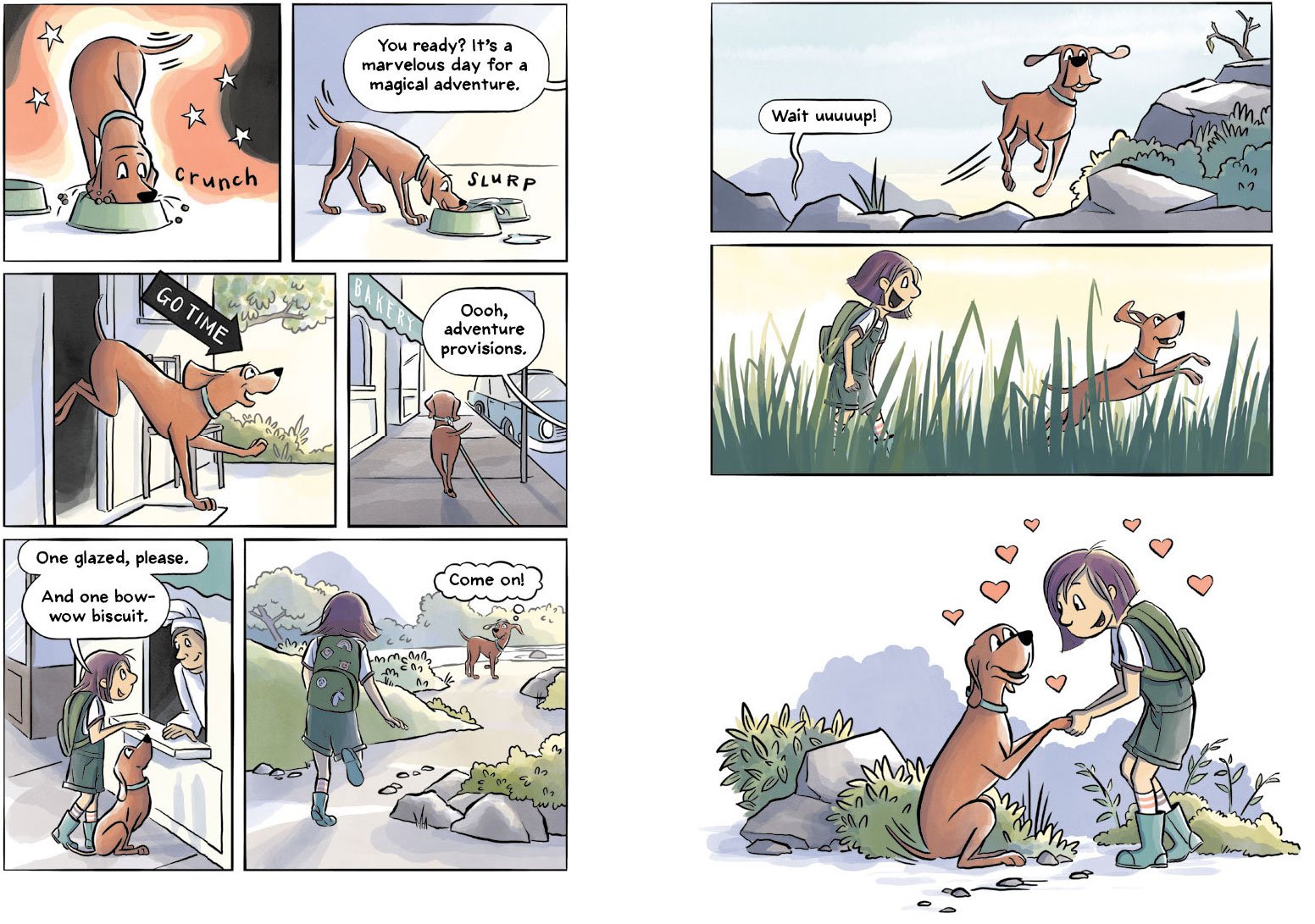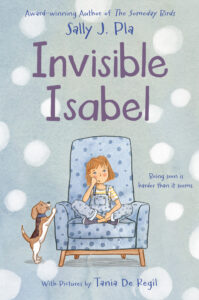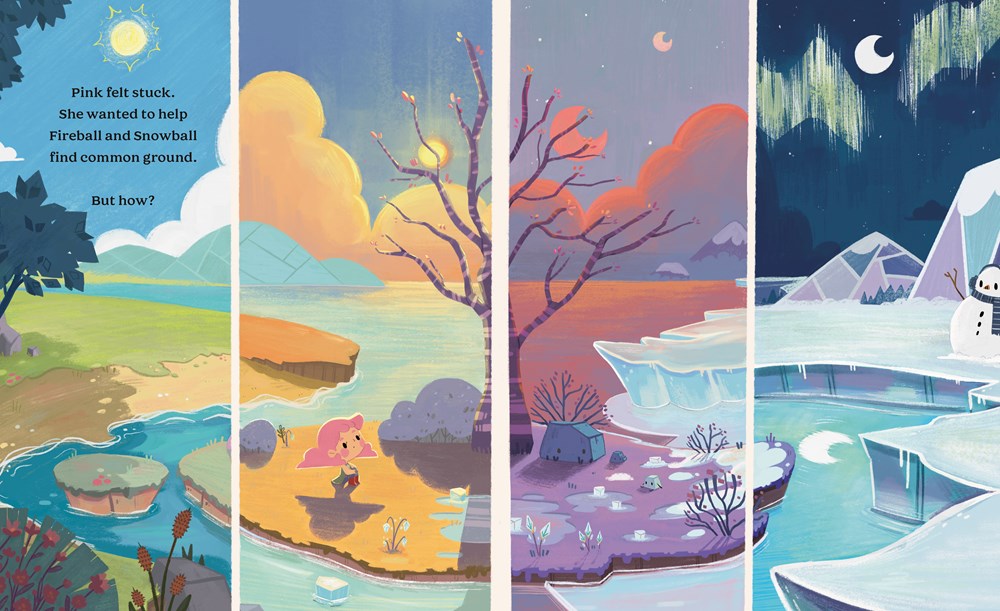When Beavers Flew: An Incredible True Story of Rescue and Relocation
Author: Kristen Tracy
Illustrator: Luisa Uribe
Published July 23rd, 2024 by Random House Studio
Summary: This fascinating picture book tells the unique, quirky, and true story of how one man in Idaho saved 76 beavers from destroying a town by parachuting them into uninhabited wetlands.
In 1948, the town of McCall, Idaho was growing rapidly. World War II was over, and the little town tucked away in the mountains began to boom. There was only one problem. As the town expanded, they found beavers everywhere. A beaver here, a beaver there, and it didn’t take long to realize that humans and beavers weren’t great cohabitators. But one clever and resourceful Fish and Game Warden named Elmo Heter had an idea.
Heter knew that the beavers were integral to the wetlands, so keeping the well-being of the beavers in mind he set out to find a way to relocate them. After a few failed attempts, he finally landed on a wild idea… parachutes. Using a surplus of parachutes left over from WWII and creating a special box with air holes designed to pop open when it hit the ground, Heter devised a way to parachute the beavers into Idaho’s backcountry, an area that beavers hadn’t inhabited in decades.
Kirsten Tracy’s fascinating and playful nonfiction text pairs beautifully with Luisa Uribe’s detailed illustrations to bring this compelling true story to life.
“A celebration of an early environmental success.”—Kirkus Reviews
About the Creators:
Kristen Tracy grew up in a tiny town in Idaho near Yellowstone Park surrounded by untamed and fascinating animals. She is a poet and YA author and has recently started writing picture books. Her debut picture book A Cub Story was published in 2021. Kristen Tracy young adult novels include Lost It, Camille McPhee Fell Under the Bus, Hung Up, and Project Unpopular. She won the Emily Dickinson First Book Award from the Poetry Foundation for her collection Half-Hazard. To learn more, visit kristentracy.com.
Luisa Uribe is the illustrator of Areli is a Dreamer, which was named a best book of the year from Kirkus, NYPL and Booklist, and My Brother is Away that received three starred reviews and was a Charlotte Huck honor book and a Charlotte Zolotow honor book. She lives in Bogotá, Colombia, with her partner and two cats.
Instagram:
Kristen Tracy: N/A
Luisa Uribe: @lupencita
Random House Children’s Books: @randomhousekids
Blue Slip Media: @blue_slip_media
Facebook:
Kristen Tracy: N/A
Luisa Uribe: N/A
Random House Children’s Books: Random House Children’s Books
Blue Slip Media: @blue-slip-media
Twitter:
Kristen Tracy: @kristen_tracy
Luisa Uribe: @lupencita
Random House Children’s Books: @randomhousekids
Blue Slip Media: @blueslipper & @barbfisch
Review: This is such a fascinating story. Too often, animals “in the way” of humans are killed or relocated with no thought, so I was so happy to read this story about Elmo Heter and all the thoughtfulness he put into the beavers in Idaho and the success of his endeavor. I think this story allows for the reader to see that there can be successes in these incidences; however, it also shows how humans impact is negative on animals/the environment. It is going to be a great conversation book and a new aspect of history to most.
The full page illustrations are the cherry on the sundae of this book for me. Uribe’s additions bring the story to life and shows the reader important aspects that would be missed without their inclusion. I, personally, really liked that additions of the aspects of the scientific method that are shared in the illustrations. It makes it clear that Heter had a hypothesis, asked questions, did research, until he figured out a conclusion to be successful.
Tools for Navigation: This book will be a perfect read aloud to cross disciplines when discussion ecology and the environment or animals/humans impact.
Discussion Questions:
- How did humans cause the situation that they and the beavers were in?
- How does human expansion affect the animals and environment?
- Why did the location where the beavers were relocated to work? What could have caused a relocation like this not to work?
- How did relocating 75 beavers help with the success of the relocation?
- How to beavers help out ecology and the environment?
- We don’t learn much about Elmo Heter as a person but we see his actions. What do these actions tell you about him?
- What type of questions did Heter ask when he was determining how to relocate the beavers?
- How did Heter use the scientific method when planning his rescue and relocation?
- How did the illustrator utilize illustrations to add to the narrative?
Flagged Spreads:
Read This If You Love: Beavers, the Environment, Ecology, National Parks
Recommended For:
**Thank you to Barbara at Blue Slip Media for providing a copy for review!**
